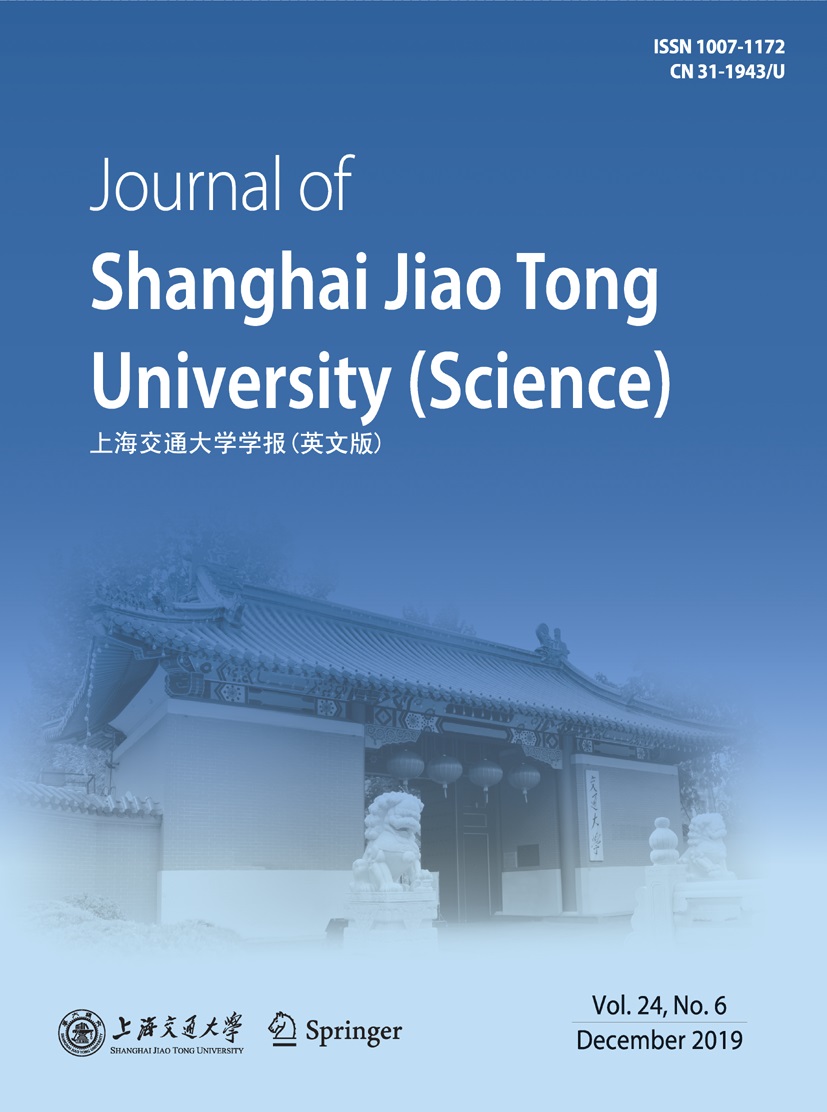Key establishment is the basic step for the wireless sensor network (WSN) security. The polynomial based key predistribution scheme of Blom and Blundo et al. has been the basic ingredient for the key establishment for WSNs. It is tempting to use many random and different instances of polynomial based key predistribution scheme for various parts of the WSN to enhance the efficiency of WSN key establishment protocols. This paper indicates that it is not secured in general to use many instances of Blom-Blundo et al. polynomial based key predistribution scheme in a WSN key establishment protocol. Thus the previously constructed group-based type WSN key predistribution schemes using polynomial based key predistribution scheme are insecure. We propose new generalized Blom-Blundo et al. key predistribution schemes. These new generalized Blom-Blundo et al. key predistribution schemes can be used many times in one WSN key establishment protocol with only a small increase of cost. The application to group-based WSN key predistribution schemes is given.

